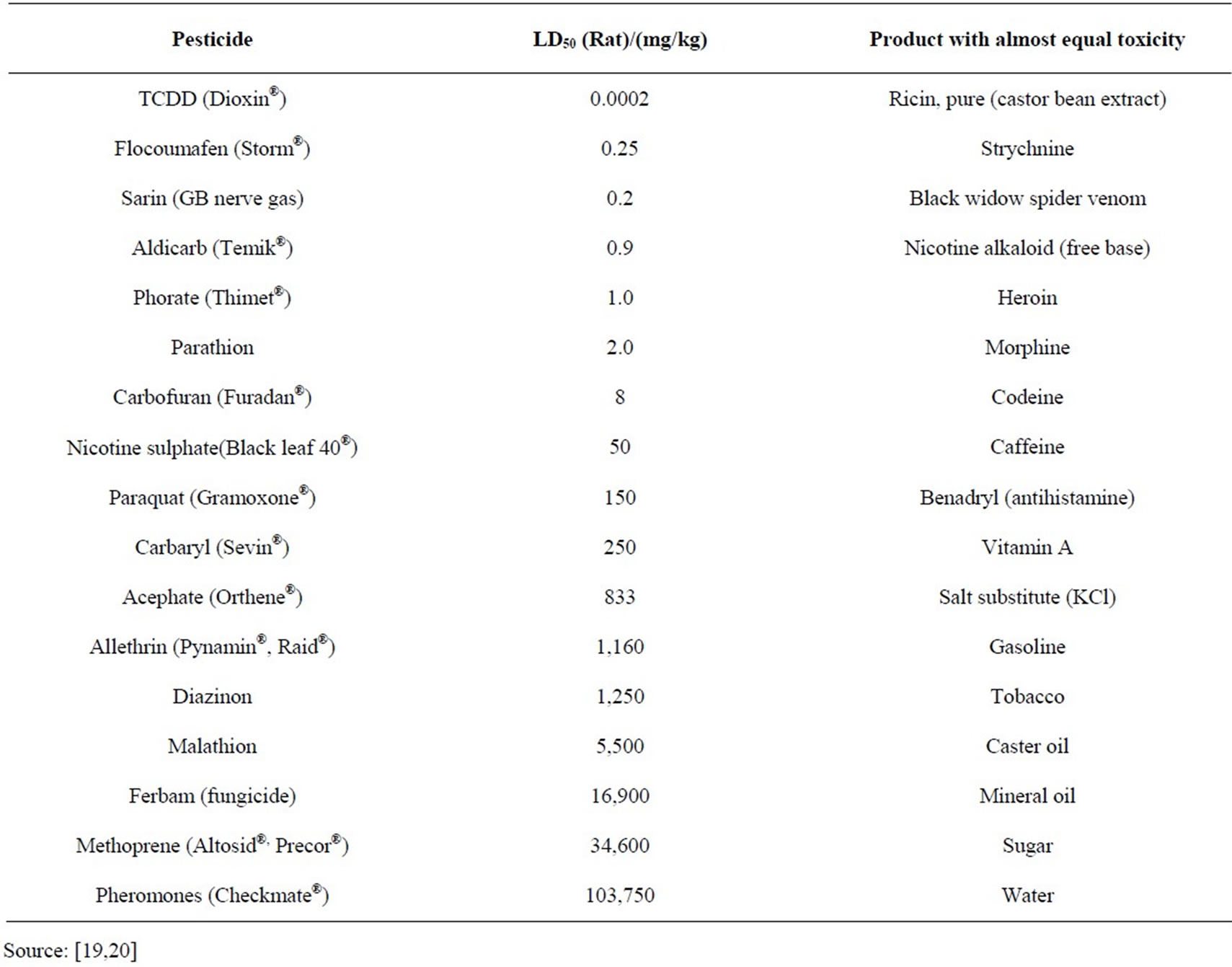Report on the Acquisition of Land in Nashua, New Hampshire by Nongfu Spring Subsidiary
Executive Summary
A subsidiary of Nongfu Spring, a leading Chinese beverage corporation, has acquired a significant property in Nashua, New Hampshire, adjacent to the Pennichuck water system. This transaction has raised substantial concerns among local stakeholders regarding its implications for several United Nations Sustainable Development Goals (SDGs), particularly SDG 6 (Clean Water and Sanitation), SDG 11 (Sustainable Cities and Communities), and SDG 16 (Peace, Justice, and Strong Institutions). The report details the transaction, analyzes the conflict between economic development and sustainable resource management, and outlines the governance challenges presented by the acquisition.
Transaction Details and Economic Context
Property Acquisition
- Buyer: NF North America, a subsidiary of Nongfu Spring.
- Seller: Stag Industrial Holdings LLC.
- Property: A 337,391-square-foot building on 23 acres located at 80 Northwest Blvd., Nashua, NH.
- Date of Sale: January 31.
- Transaction Value: $67 million.
Economic Implications and SDG 8: Decent Work and Economic Growth
The purchase price of $67 million is more than four times the City of Nashua’s assessed value of $15 million for the property, which has been unused for 11 years. While the investment could be seen as contributing to SDG 8 (Decent Work and Economic Growth) through the revitalization of a dormant industrial site, the significant overpayment raises questions about the buyer’s strategic intentions, suggesting a primary focus on resource access rather than conventional property development. The long-term contribution to sustainable local economic growth remains uncertain pending the company’s operational plans.
Water Resource Management and Sustainability Concerns
Impact on Local Water Supply and SDG 6: Clean Water and Sanitation
The central issue revolves around the potential impact on Nashua’s water resources, a critical component of SDG 6 (Clean Water and Sanitation). The property’s connection to the Pennichuck water system has prompted fears of large-scale water extraction for commercial bottling, potentially for export.
- Utility Capacity: The CEO of Pennichuck Water Works, John Boisvert, has stated that the system has significant excess capacity. It is permitted for over 30 million gallons per day, with average daily demand around 11-12 million gallons.
- Community Concerns: Despite assurances of capacity, residents and officials express alarm over the potential for millions of gallons of drinking water to be diverted daily for commercial purposes. This highlights a conflict with SDG Target 6.4, which calls for ensuring sustainable withdrawals and supply of freshwater to address water scarcity.
Responsible Production and SDG 12
The business model of exporting bottled water raises questions related to SDG 12 (Responsible Consumption and Production). The sustainable management and efficient use of a vital natural resource like water (SDG Target 12.2) is challenged by an operation focused on single-use packaging and global distribution, which carries a significant environmental footprint.
Governance, Community, and Institutional Response
Public Transparency and SDG 11: Sustainable Cities and Communities
A significant portion of the controversy stems from a perceived lack of public consultation and transparency, which runs counter to the principles of SDG 11 (Sustainable Cities and Communities). SDG Target 11.3 emphasizes the need for inclusive and sustainable urbanization and participatory planning.
- State Senator Kevin Avard criticized city officials for allowing the project to advance without addressing public concerns regarding the sale price and the company’s intentions for the local water supply.
- The lack of public awareness suggests a failure to engage the community in decisions affecting critical local resources.
Regulatory Framework and SDG 16: Peace, Justice, and Strong Institutions
The transaction has exposed gaps in the existing regulatory framework and has become a matter of institutional integrity, directly relating to SDG 16 (Peace, Justice, and Strong Institutions). This goal advocates for effective, accountable, and transparent institutions.
- Currently, no federal or New Hampshire state laws prohibit a Chinese company from owning the property.
- In response, there are calls from state legislators, such as Senator Regina Birdsell, to introduce legislation banning land ownership by certain foreign nationals near critical infrastructure.
- Concerns raised by political figures like Lily Tang Williams frame the purchase within a broader geopolitical context, urging stronger institutional safeguards.
Future Outlook
Regulatory Oversight and Next Steps
City officials in Nashua have indicated that the property will be subject to standard regulatory and environmental oversight. Any future plans by Nongfu Spring for water extraction or significant development will require public review and permitting. These future processes will be a critical test of the local and state government’s ability to balance economic interests with their commitment to the Sustainable Development Goals, ensuring that community resources are managed in a just, transparent, and sustainable manner.
SDGs Addressed in the Article
-
SDG 6: Clean Water and Sanitation
- The article’s central theme is the access to and use of a local community’s water resources by a large beverage company. It discusses the potential large-scale extraction of drinking water from the Pennichuck water system, raising concerns among residents about the sustainability and availability of their local water supply.
-
SDG 12: Responsible Consumption and Production
- The article highlights that Nongfu Spring’s global strategy is “focused heavily on exporting bottled water.” This directly relates to the sustainable management and use of natural resources (water) for commercial production, questioning whether extracting millions of gallons of local water for global export constitutes a responsible production pattern.
-
SDG 16: Peace, Justice and Strong Institutions
- The issue brings to light concerns about governance, transparency, and public participation. The article notes that “most people in Nashua are unaware of the sale” and quotes a state senator who finds it “disconcerting that the Mayor and other city officials have allowed this project to move so quickly without addressing these very real concerns.” This points to a need for more accountable, transparent, and participatory decision-making processes at the local level.
-
SDG 11: Sustainable Cities and Communities
- The conflict is rooted in the city of Nashua and involves the management of critical urban infrastructure (the water system) and land use. The debate over the water sale impacts the community’s ability to ensure resource security and sustainable planning for its residents.
Specific SDG Targets Identified
-
Target 6.4: By 2030, substantially increase water-use efficiency across all sectors and ensure sustainable withdrawals and supply of freshwater to address water scarcity.
- This target is relevant as the article discusses the balance between the water system’s total capacity and current demand versus the potential new demand from the bottling plant. The Pennichuck CEO mentions having “a lot of excess capacity,” but residents are concerned about the company “taking millions of gallons a day,” which directly pertains to the sustainability of freshwater withdrawals.
-
Target 12.2: By 2030, achieve the sustainable management and efficient use of natural resources.
- The purchase of the site by Nongfu Spring for water bottling operations directly engages with the management of a key natural resource. The core of the controversy is whether allowing a company to extract and export large quantities of local water is a sustainable and efficient use of that resource.
-
Target 16.7: Ensure responsive, inclusive, participatory and representative decision-making at all levels.
- This target is highlighted by the public’s and politicians’ reactions. The statement that locals are “unaware of the sale” and the call for a “public conversation” demonstrate a perceived lack of inclusive and participatory decision-making in the initial sale process. The article notes that future plans are “expected to undergo public review,” pointing towards the application of this target.
-
Target 6.b: Support and strengthen the participation of local communities in improving water and sanitation management.
- The concerns raised by local resident Bob Lozeau and the call by State Senator Kevin Avard for a “public conversation” about the “intentions with our water supply” are direct examples of the need to involve the local community in decisions regarding water management.
Indicators for Measuring Progress
-
Indicator for Target 6.4: Change in water-use efficiency over time.
- The article provides baseline data that can be used as indicators of water stress and efficiency. These include:
- Permitted water withdrawal: “over 30 million gallons a day.”
- Average day demand: “somewhere around 11 or 12 million gallons.”
- Peak summer demand: “up to 20” million gallons.
- The potential withdrawal by Nongfu Spring (“millions of gallons a day”) would be a key metric to track against the system’s capacity and existing demand to measure the impact on sustainable withdrawals.
- The article provides baseline data that can be used as indicators of water stress and efficiency. These include:
-
Indicator for Target 16.7 / 6.b: Proportion of the population who believe decision-making is inclusive and responsive.
- The article implies a negative indicator through statements like “most people in Nashua are unaware of the sale” and the demand for officials to “address the questions and concerns from the public.” Progress could be measured by the establishment and public awareness of the promised “public review and permitting processes” and surveys of resident satisfaction with their level of involvement.
-
Indicator for Target 12.2: Domestic material consumption, domestic material consumption per capita, and domestic material consumption per GDP.
- While not explicitly stated as a formal indicator, the volume of water extracted by Nongfu Spring specifically for its bottling and export business would serve as a direct measure of the consumption of this natural resource for commercial purposes. The concern about “taking millions of gallons a day” for a business “focused heavily on exporting bottled water” points directly to this material consumption.
Summary Table of SDGs, Targets, and Indicators
| SDGs | Targets | Indicators |
|---|---|---|
| SDG 6: Clean Water and Sanitation | Target 6.4: Ensure sustainable withdrawals and supply of freshwater.
Target 6.b: Support and strengthen the participation of local communities in improving water management. |
– Volume of water system capacity (“over 30 million gallons a day”). – Volume of current average and peak demand (11-20 million gallons/day). – Level of public awareness and participation in water management decisions (currently low, as “most people… are unaware”). |
| SDG 12: Responsible Consumption and Production | Target 12.2: Achieve the sustainable management and efficient use of natural resources. | – Volume of water to be extracted for commercial bottling and export (“millions of gallons a day”). |
| SDG 16: Peace, Justice and Strong Institutions | Target 16.7: Ensure responsive, inclusive, participatory and representative decision-making at all levels. | – Existence of public consultation mechanisms (currently lacking, but “public review” is expected). – Level of transparency from city officials regarding the sale and future plans. |
| SDG 11: Sustainable Cities and Communities | Target 11.3: Enhance inclusive and sustainable urbanization and capacity for participatory, integrated and sustainable human settlement planning and management. | – Implementation of “standard regulatory procedures and environmental oversight” for commercial land use. – Process for public review of plans affecting local resources. |
Source: newsweek.com







